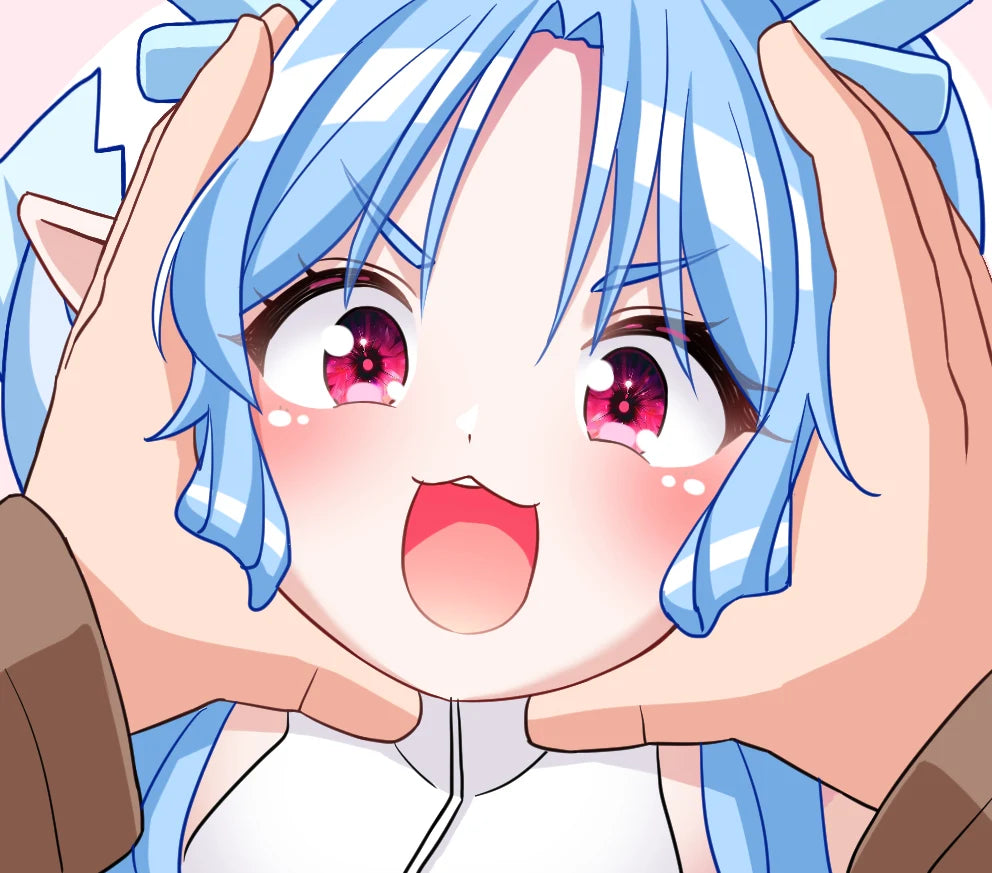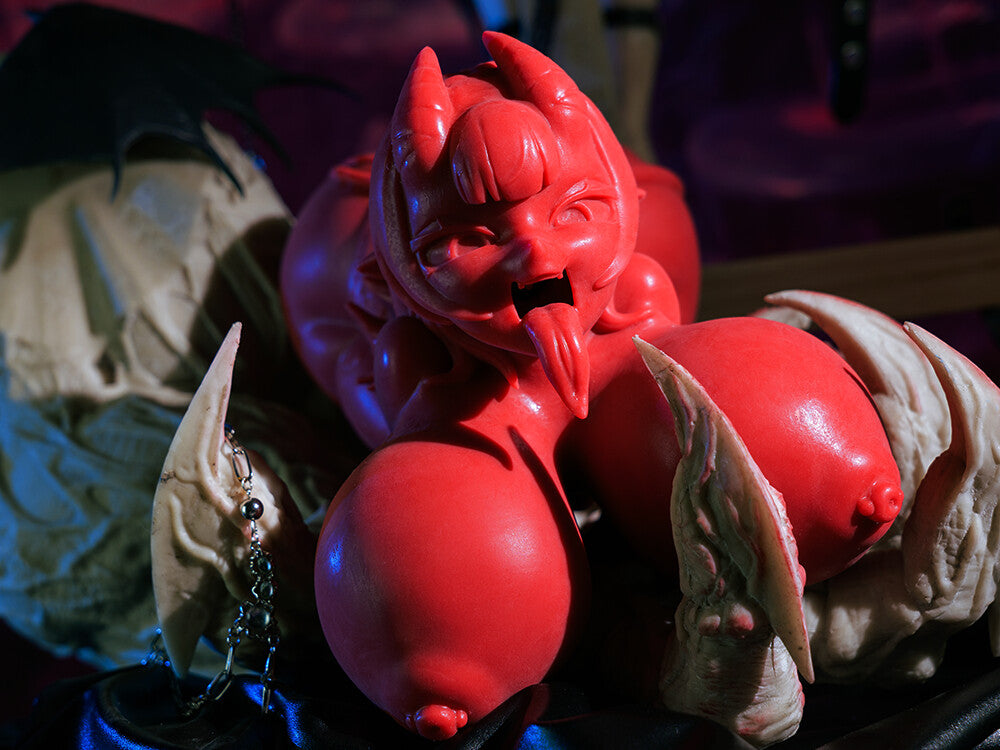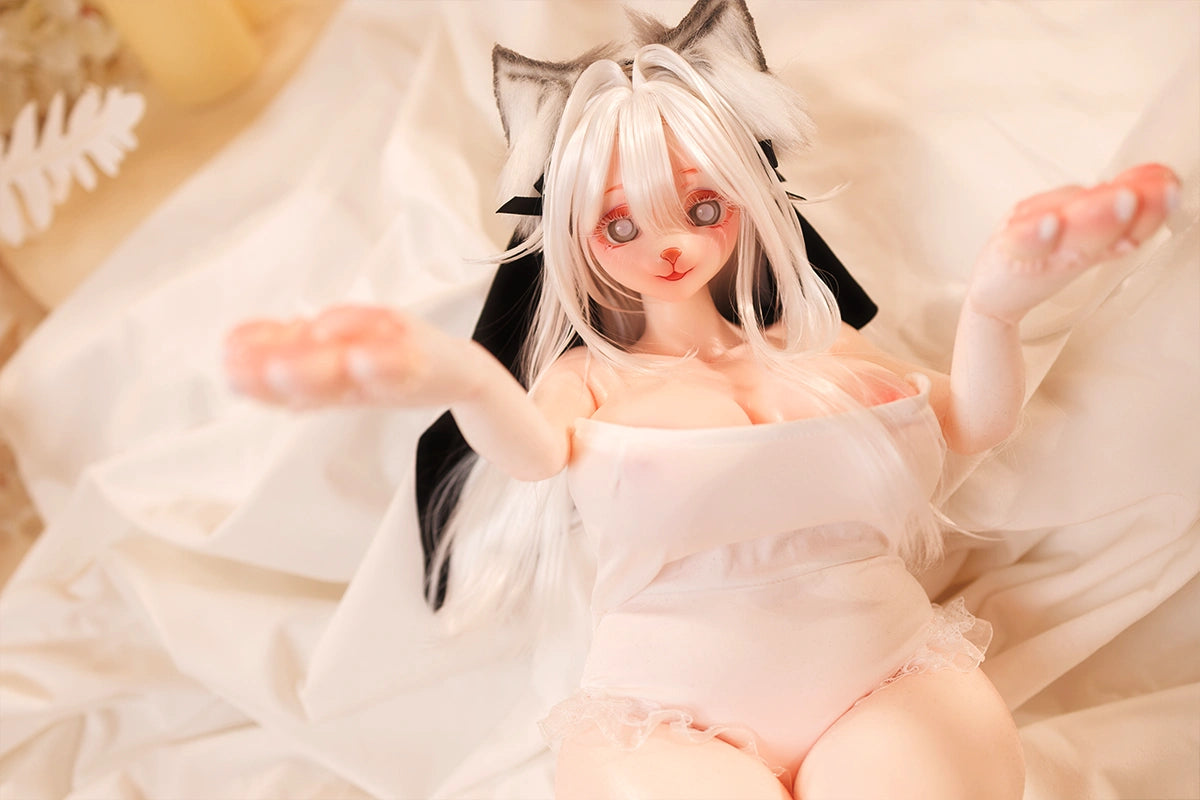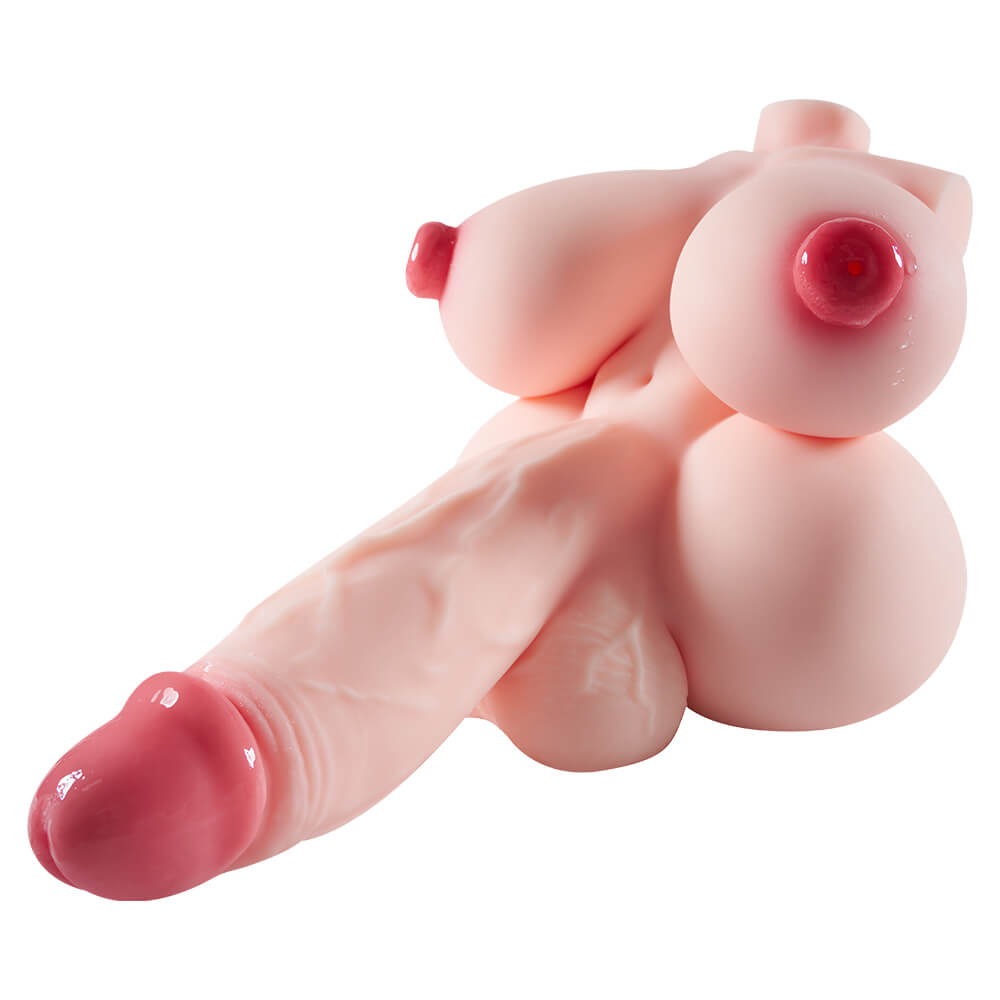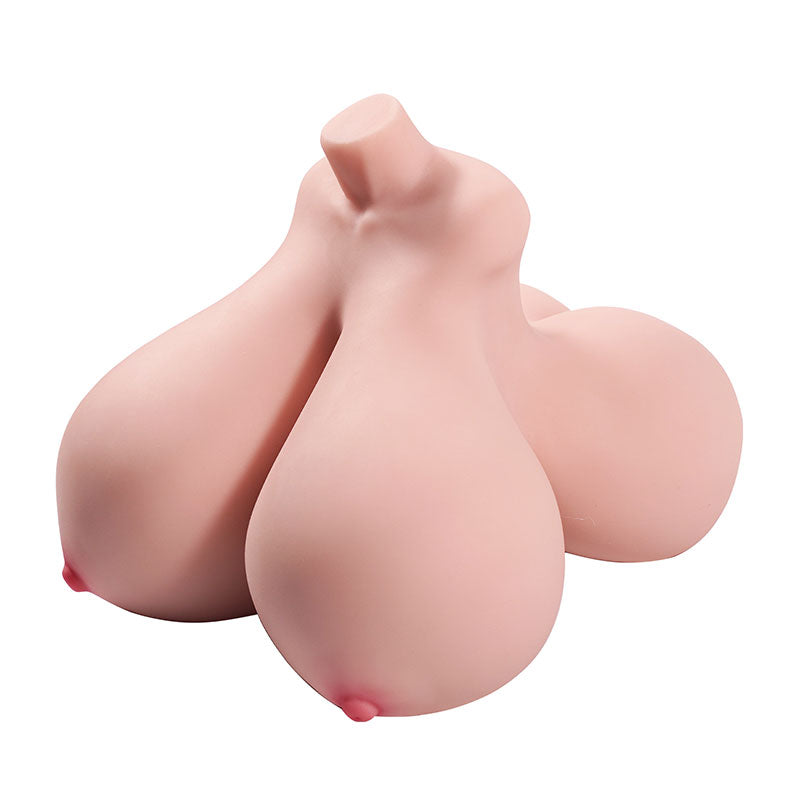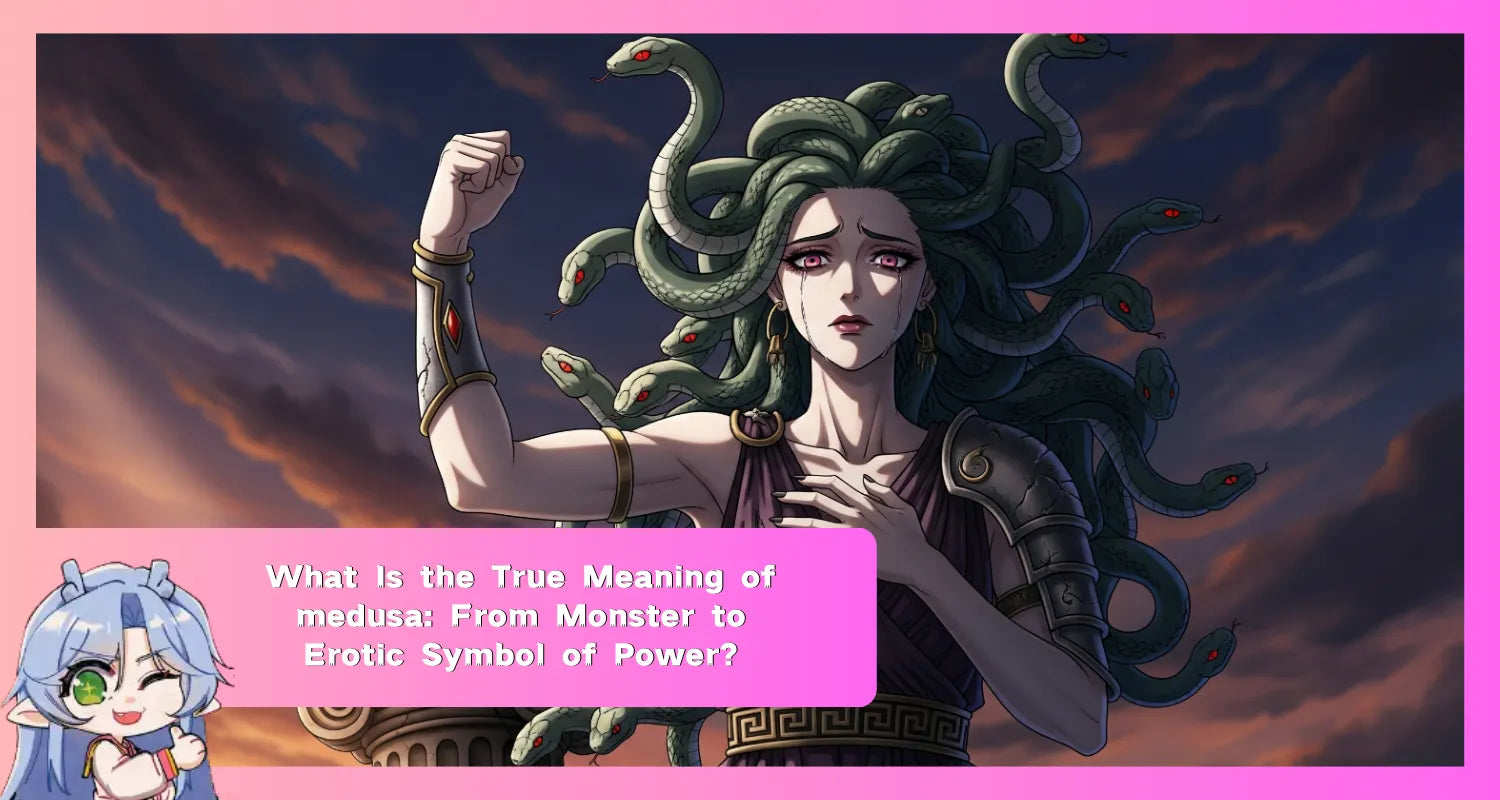What Is the True Meaning of medusa: From Monster to Erotic Symbol of Power?

When people hear medusa, the usual image comes to mind: a frightening woman with a mass of venomous snakes for hair, and a stare so strong it could turn a man to stone. That picture has lived in our minds for thousands of years. Still, it shows only part of a much larger story. The real power of medusa is not only her petrifying gaze. It lies in how her image has changed over time. She is not a single, fixed character. Instead, she acts like a mirror that reflects changing ideas about women, sex, and power.
This article traces the evolution of the medusa meaning. We follow her from an early monster in Greece to a tragic figure in Rome, and then to a modern symbol of anger, survival, and strength. Along the way we will ask the big questions: Was she born a monster or made into one? How did art and writing reshape her? And why does her story still speak to us so deeply today?
Table of Contents:
Born a Monster: medusa in Early Greek Myth
In the oldest Greek stories, medusa was simply a monster. The poet Hesiod, writing in the 8th century BCE, described her as one of three Gorgon sisters, born from sea gods. While her sisters Stheno and Euryale were immortal, medusa was the one who could be killed—a fact that made her an obvious target for a hero. In those early tales there was no beautiful maiden and no unfair punishment; she was terrifying from the start.
Medusa as an Ancient Protector

Greek art from the Archaic period (about 700–480 BCE) showed this monstrous medusa figure in sharp detail. Pottery and architectural images give her a round face, bulging eyes, a wide mouth with her tongue out, and sharp teeth. Artists often showed people in profile, but medusa was usually shown looking straight out at the viewer. That direct stare underlined her power to petrify. Some early images even gave her a beard. This was not only to make her ugly: in a male-dominated society, masculine traits signaled strength. The beard suggested a force that did not fit normal gender roles. In short, medusa stood for a wild, older power of nature that the ordered world of the male gods tried to control.
At that time, her main role was protective. The Gorgon’s head—the gorgoneion —was an apotropaic image, meant to scare away evil. It appeared on warriors’ shields, on gods’ armor, and on buildings to keep harm away. From this view, Perseus’s killing of medusa was more than a monster hunt. It symbolized the victory of a civilized, male-centered order over chaotic, female-coded forces.
From Beauty to Beast: Ovid and the New medusa meaning

For many centuries medusa remained a monster. The major change came later with the Roman poet Ovid. In his Metamorphoses (around 8 CE), Ovid rewrote her origin and made her story tragic. This new version shaped much of how later people understood her.
Ovid says medusa was once a stunning young woman, a priestess in the temple of Minerva (the Roman Athena). Her best feature was her lovely hair— medusa hair —which many envied. Her life turned tragic when the sea god Neptune (Poseidon) raped her in Minerva’s temple.
Instead of punishing the attacker, Minerva punished the victim. She transformed medusa hair into a nest of snakes, turning beauty into a symbol of monstrosity. This unfair punishment is the pivot of Ovid’s tale. Because of his version, medusa became not only a monster but also a victim of deep injustice. That change opened the door for many later interpretations that saw her as a symbol of survival and rage.
In art from the Classical and Hellenistic periods, the grotesque, bearded Gorgon slowly gave way to a sadly beautiful woman. Her face began to show sorrow rather than only fury. By telling a story of innocence and punishment, Ovid unintentionally gave future generations the tools to read medusa as a feminist icon.
|
Feature |
Hesiod's Greek Version (Archaic) |
Ovid's Roman Version (Classical) |
Modern Feminist Interpretation |
|---|---|---|---|
|
Origin |
Born a monster (Gorgon) |
Beautiful maiden, made a monster |
Victim of injustice, transformed by trauma |
|
Primary Role |
Protective symbol, ancient threat |
Tragic figure, victim of divine injustice |
Icon of rage, survival, and empowerment |
|
Sexuality |
Chaotic, wild force |
Object of divine lust, then punished for it |
Reclaimed, self-owned, and powerful |
|
** medusa hair |
Part of her monstrous nature |
A beautiful feature turned into a curse |
A crown of power, a symbol of identity |
|
Gaze |
A monstrous weapon |
A defensive curse born from trauma |
A tool of empowerment; the female gaze turned into a weapon |
The Power and Peril of the erotic medusa

Ovid’s story forced people to think about how female sexuality was often treated as something dangerous. In his version, beauty becomes the reason for assault and punishment—a classic example of victim-blaming. Later thinkers were drawn to this link between beauty and monstrosity.
Sigmund Freud offered one early psychological take. He saw the fear of medusa as a man's fear of castration, and he interpreted the snakes as hair and the gaze as a strange sexual symbol. Freud’s view is historically important, but it reads female power only through male fear.
A different, more empowering reading comes from feminist writers such as Hélène Cixous. In her 1975 essay "The Laugh of the Medusa," she urges women to reject fear of their own sexuality and creative power. Cixous argues that men created the monstrous image of medusa to control female desire. She asks women to reclaim medusa as a sign of joyful, fierce female energy. In this view, the erotic medusa is not shameful; she is powerful.
Modern Expressions of a Mythic Power

This act of reclaiming turned the erotic medusa from danger into power. Her story now inspires modern art and objects that explore sexuality, trauma, and independence. As society questions old stories of shame, the erotic medusa becomes a figure of turning pain into owned strength and pleasure.

One striking example is the modern medusa sex toy . Far from being just a novelty, such objects let people engage with the myth personally. They connect users to a serpentine energy that stands for strength, independence, and pleasure in one’s own body. In that way, sexual pleasure becomes a form of empowerment. This is the final step of the myth’s transformation: eroticism as power, not weakness.
Why medusa Fits the #MeToo Moment

The old elements of medusa ’s story—sexual violence, silence, and victim-blaming—feel painfully familiar today. That resemblance helped make her a symbol of female rage and survival during the #MeToo movement. For many survivors, medusa is not a monster but a mirror of their own experience of being punished or disbelieved.
Luciano Garbati’s 2008 sculpture Medusa with the Head of Perseus captures this reversal. The work, which gained attention during #MeToo, shows medusa holding Perseus’s severed head. It flips the original story: instead of the hero holding the monster’s head, the woman holds the man’s. The image became a sign of rightful anger and of turning the tables on patriarchal violence.
This reclaiming also appears in everyday life. Many survivors choose a medusa tattoo as a personal symbol. Like the ancient gorgoneion , the tattoo can act as a protective sign—one that says, “I survived and I am strong.” Where public figures were once insulted by being called medusa , survivors and allies now wear the image as a badge of defiance and resilience.
Understanding medusa : Your Questions Answered
Why was Medusa punished by Athena for being raped?
In Ovid’s retelling, the attack took place in Athena’s sacred temple. From the gods’ view, the temple’s desecration was the crime, and Athena directed her anger at the easiest target. This story reads as victim-blaming. Some modern readers, however, suggest Athena’s curse could be read as a grim kind of protection: the power to stop men from harming her again.
What does medusa hair truly symbolize?
medusa hair has a double meaning. In older tales it marks her as other, a sign of curse and separation. In later and modern views, it is also the source of her power. Today, many see it as a crown—a symbol of identity, resilience, and a transformation of pain into strength.
Is medusa a villain or a victim?
She is both, depending on which story you read. Early Greek versions present her as a monster. Ovid’s version, and many modern readings, view her primarily as a victim of injustice who becomes a powerful survivor.
Why is the medusa tattoo so popular today?
The tattoo works as a personal emblem of survival and strength, especially for people who have experienced trauma. It acts like a modern protective charm and a statement that the wearer has reclaimed their story and turned shame into power.

